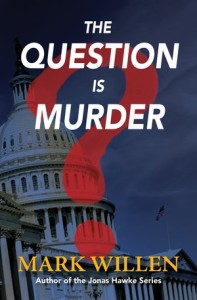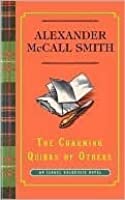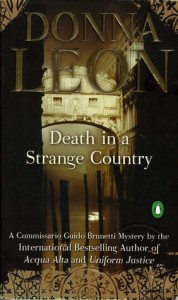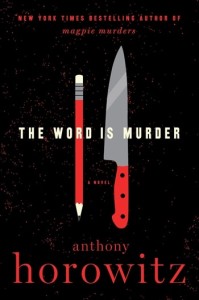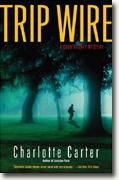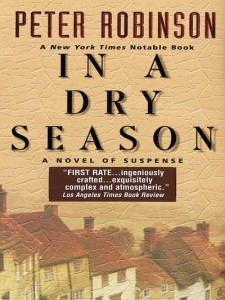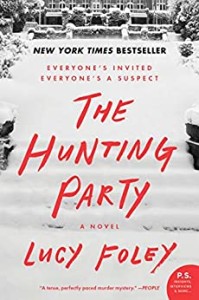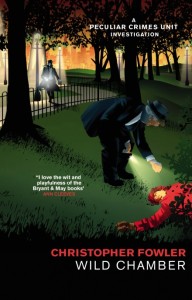As Mr. Ethics, Sam Turner writes a column for a Washington, D.C. newspaper answering readers’ questions about right and wrong. He also teaches classes on ethics in journalism at a local college, so a reader’s moral dilemma would have to be pretty convoluted to challenge him.
Then he gets a letter asking if murder is ever justified.
The writer is a young woman who is being stalked and threatened by an ex-lover, one who is immune to her appeals and too powerful to be stopped through legal means. Killing him seems to be her only option.
Knowing he should not get personally involved, Sam is worried about her, both what she is suffering and what she might do to stop it, and tries to find out her identity. Then Senator Wade Morgan is found dead. Despite his best intentions, Sam finds himself being drawn in deeper, trying to discover if his mystery woman could be the killer. When his own life is threatened, he realises he can’t bow out until the killer is found.
This new novel from the author of the Jonas Hawke contemporary fiction series makes good use of Willen’s 40 years of experience as a journalist in Washington, D.C., covering politics and government. The world of the story—the setting, characters, atmosphere, etc.—is conveyed with the authority that comes from shrewd observation and experience.
At a time when ethical concerns are in the news, mostly about the unethical behavior of political figures, a book like this that takes ethics seriously is most welcome. Lately, too many ethical standards that we took for granted are being flouted by those who have sworn to uphold them. Of course there has always been graft and corruption in politics, but now we have entered an extraordinary new phase of shameless lying and gaslighting.
So I’m grateful for this smart and fast-paced mystery. I love the combination of ethical questions with a mystery’s puzzle. Although much more serious in tone, Willen’s book satisfies me the way Alexander McCall Smith’s series about Isabel Dalhousie does. As a moral philosopher and editor of the Review of Applied Ethics, Isabel considers the ethical ramifications of even her smallest action or thought.
Similarly, Sam Turner—perceptive, principled, flawed—is a character I’m happy to spend time with. I hope there are more books featuring Mr. Ethics to come.
What mysteries are you enjoying this spring?
Disclosure of Material Connection: I received a copy of this book free from the author. I was not required to write a positive review. The opinions I have expressed are my own.
